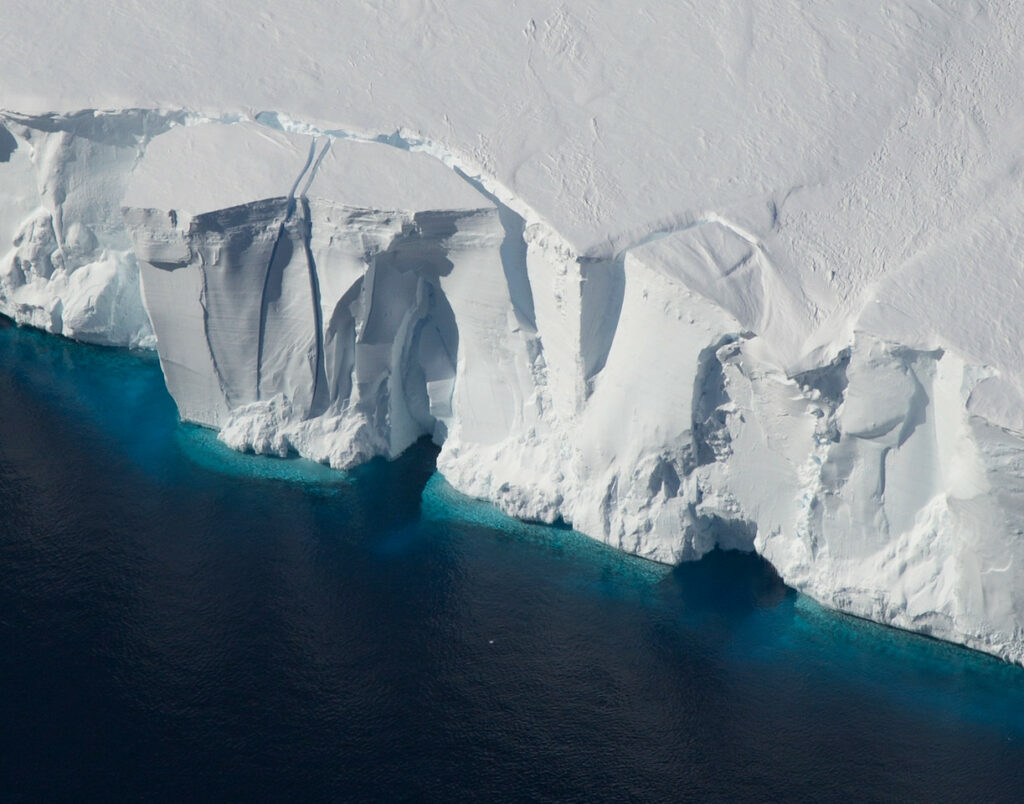The ice sheets of Greenland and Antarctica could together contribute nearly 40 centimeters to global sea-level rise by 2100, if greenhouse gas emissions continue at their current growing levels, according to a new study led by NASA. The findings are in line with previous projections and highlight the effects of climate change.

More than 60 scientists from three dozen international institutions generated new estimates of how much of an impact Earth’s melting ice sheets could have on global sea levels. The ice caps have enough frozen waters to lift oceans 65 meters, according to previous estimates.
The Intergovernmental Panel on Climate Change (IPCC), which groups leading climate researchers, said in a report last year that Greenland would contribute 8 to 27 cm to global sea-level rise between 2000-2100, while Antarctica could contribute 3 to 28 cm. Meltwater from ice sheets contribute to a third of global sea-level rise, it said.
“One of the biggest uncertainties when it comes to how much sea level will rise in the future is how much the ice sheets will contribute,” said project leader and ice scientist Sophie Nowicki, now at the University at Buffalo, in a statement. “And how much the ice sheets contribute is really dependent on what the climate will do.”
The researchers used two climate scenarios, one in which emissions continue at their current level and one in which they are drastically reduced by 2100. Under a high emissions scenario ice loss in Antarctica would cause sea levels to rise 30 centimeters by the end of the century, with Greenland contributing an extra nine centimeters, they found.
Such a sea-level rise would have severe consequences around the world, increasing the power of storm surges and exposing coastal regions to flooding. Even in the lower emissions scenario, the melt of the Greenland sheet would cause ocean levels to rise three centimeters by 2100.
“The strength of the report was to bring together most of the ice sheet modeling groups around the world, and then connect with other communities of the ocean and atmospheric modelers as well, to better understand what could happen to the ice sheets,” said Heiko Goelzer, a co-author from Utrecht University, in a statement.
Until the 21st century, the West Antarctic and Greenland ice sheets generally accumulated as much mass as they shed. Runoff was compensated by fresh snowfall. But over the last two decades, the growing pace of climate change has upended this balance. Last year, Greenland lost a record of 532 billion tons of ice—the equivalent of six Olympic pools flowing into the Atlantic every second.
The study was published in the journal The Cryosphere.






